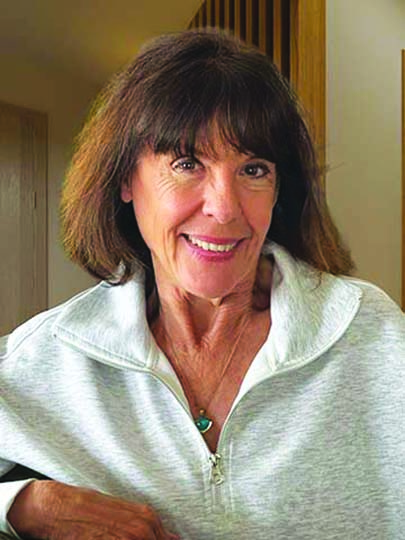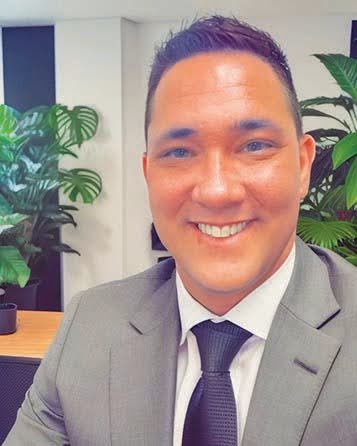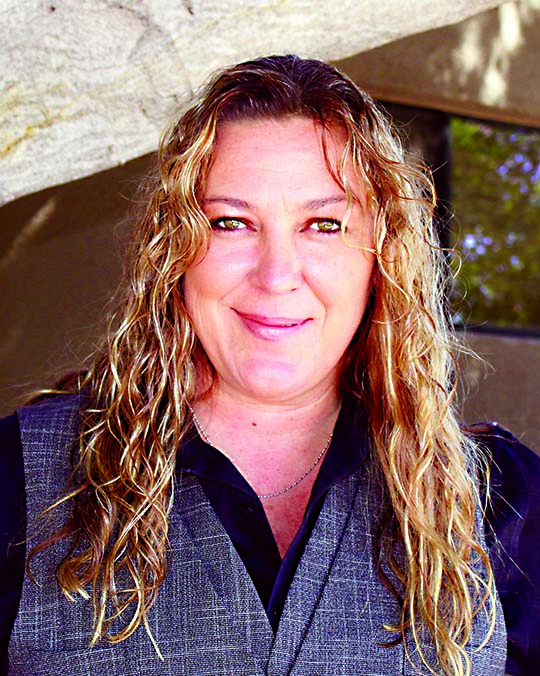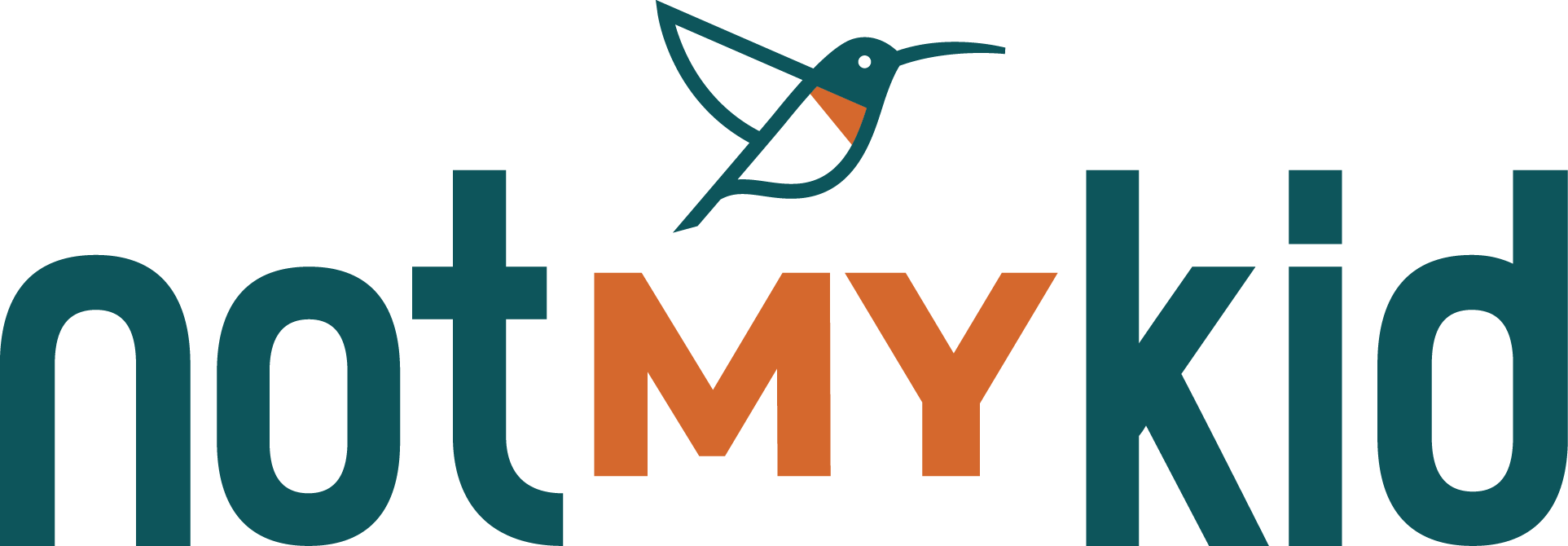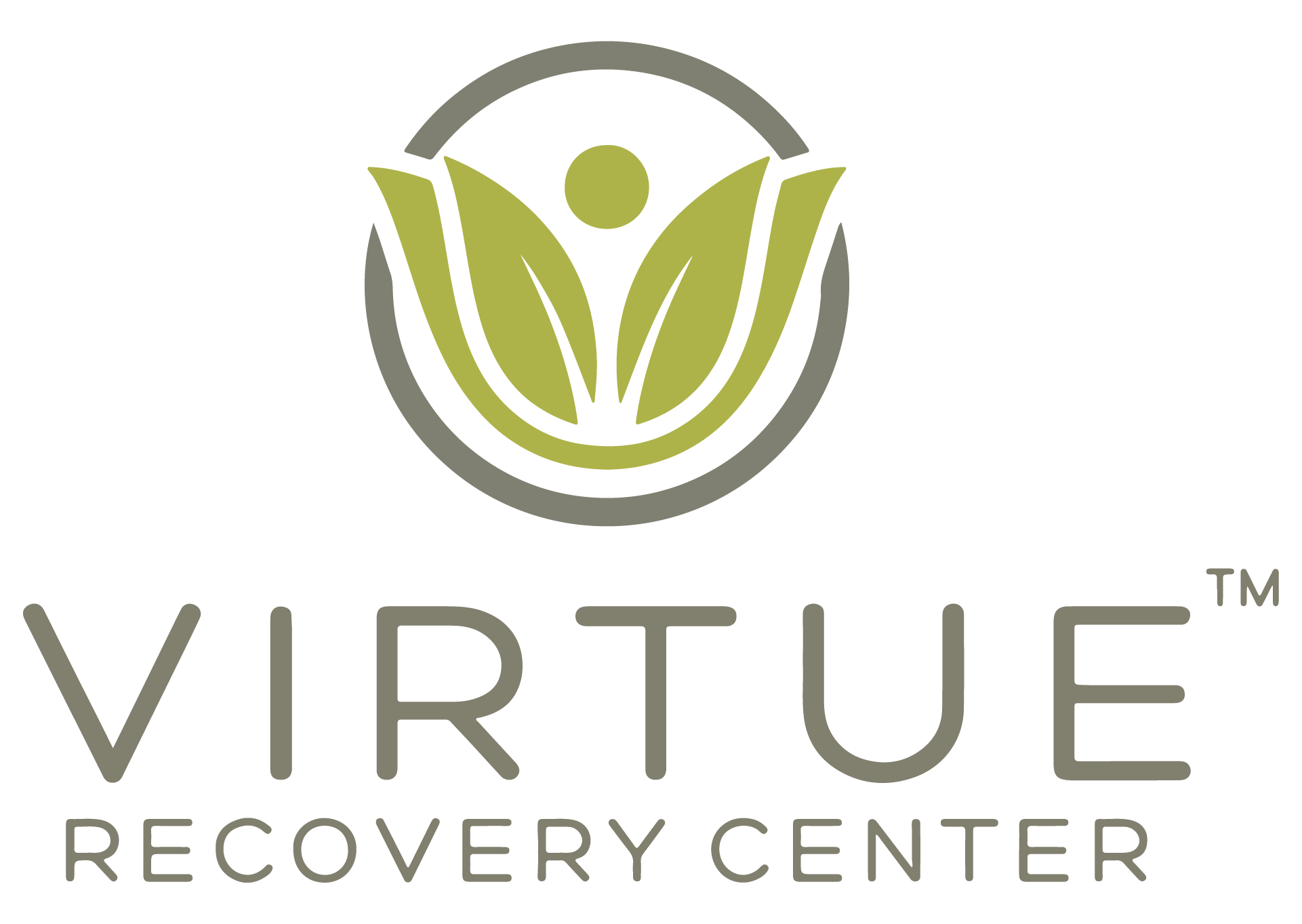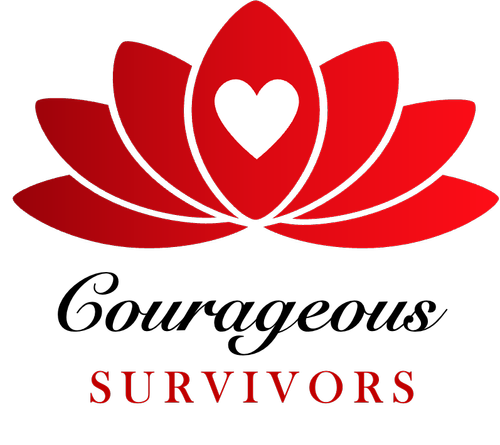By Stevie Mae Douglas, PsyD. Postdoctoral Resident, PCS
Early in my professional years, I was asking the question: How can I cure or change this person. Now, I would phrase the question this way: How can I provide a relationship which this person may use for personal growth.—Carl Rogers, PhD. (Psychologist)
The therapeutic relationship is one of the most sacred relationships of all. It can involve a mental health therapist of some kind and a client seeking mental health services. The therapist and client are not friends, and, in many ways, the relationship is one-sided (i.e., the client shares intimate details about their own lives while the therapist shares very little about themselves). Still, there is a closeness between the two. Theoretically, the client becomes vulnerable in the therapy room, bringing with them their darkest secrets, their most difficult struggles, and their need for healing and guidance. The therapist can feel protective of their client and often expresses concern and hope for them.
Many people wonder how therapy works and what makes for lasting, successful outcomes. The mental health field can often debate the answers to these questions. Much research has been shared examining therapy techniques and other factors that make for successful therapy results. In many cases, particularly with those clients who have endured significant trauma or who have been continually invalidated, the therapeutic relationship itself can become the main curative factor. There are solid reasons why.
The therapist not only provides an objective, educated point of view, bringing with them various modalities of therapy, but the actual therapeutic relationship alone can provide the following:
Modeling: The therapist (ideally) is an intentionally healthy human who understands interpersonal relationships and human development. They can model self-care, and they can model emotion regulation and emotional intelligence. Additionally, the therapeutic relationship models a healthy relationship for clients, one with healthy boundaries, boundaries in which many clients have never learned. Therapists are to be responsive and emotionally attuned to their clients. Essentially, the therapeutic relationship becomes a “practice relationship” for clients who struggle relationally at home and beyond.
Surrogate attachment: The therapist can become a surrogate attachment for the client, a temporary secure attachment in which the client can operate from and explore their healing and growth. They can grow confidence. This is particularly helpful for clients who have experienced the more insecure attachment styles as a child and, consequently, experience insecure attachments with their significant others when they are older.
Trust: When a therapist cultivates a strong rapport and alliance with the client, there is trust. The therapist can gently push and challenge when needed. Not only does the client trust the therapist to do so (and that is healing within itself), but the therapist also shows trust in the client. This can be empowering. The therapist’s trust in the client’s intuitive wisdom and ability to self-actualize can be felt, and this can build confidence within the client that is needed to progress through their self-healing journey and to build healthy relationships in their personal lives.
Corrective emotional experiences: All of the aforementioned factors can create a corrective emotional experience for clients. These experiences have the ability to heal negative past moments where it was reinforced for the client that they were not safe nor empowered. Those painful experiences can cause them to develop distortions in cognition and behavior from which they operate presently. With the therapist, they can experience the safety to advocate for themselves and not be dismissed, to share their inner world and not be shamed, or to reach out for connection and find it. These are only a few of the corrective emotional experiences that clients can use to transform their lives, creating changes not only in the mind but the body, too.
Changes in neural pathways and physiological systems: Research has shown how our environments can affect our genes through epigenetics and how they can shape the development of our natural bodily and brain systems. The environment in which we grow as children and the environment we are in as adults matter. Environments include the people around us. In this article, there is not enough time to explore the world of epigenetics, the discoveries of neuroplasticity, or the polyvagal theory addressing our autonomic nervous system and co-regulation impacts. However, you are encouraged to look further into these areas for a deeper understanding of how our environment can impact our lives in substantial ways. For the purpose of this article, know that humans have the ability to turn genes on or off, they have the ability to reprogram brain patterns, and they have the ability to reprogram their nervous system: all through addressing their environment. When the therapist provides a safe, nurturing environment for the client in session and the client feels safe enough to explore without negative consequence, physical and mental changes can occur. Over time, these positive changes cannot only affect clients’ daily lives but the lives of their children and grandchildren as well.
It was a therapeutic relationship that saved this writer’s life not so long ago. My psychologist and I cultivated a relationship of trust, safety, and healing after my military journey. This was important for my growth because I had not experienced a completely healthy relationship prior, and the complex trauma I endured throughout my life altered my healthy development. During our work together, I never really understood what was happening in session. It felt like some sort of wizardry. I just knew that over time, I felt safer and more empowered. I became more grounded and in control of myself. I then earned my doctorate in psychology, and I finally understood the main factor that so strongly impacted my mental health (and consequently my physical health, too). It was the unique and sacred therapeutic relationship that made room for change.
Rapport leads to the alliance that leads to an effective therapeutic relationship. Research supports that the therapeutic relationship makes up 30% of the four factors creating lasting and positive therapeutic outcomes for clients while the therapist’s technique or model makes up only 15 percent. (Client factors make up 40% and expectations make up 15 percent: Asay & Lambert, 1999; Duncan & Miller, 2000). It is what I respect and admire most about therapists (i.e., ones who can cultivate healing and empowering therapeutic relationships from which clients can grow and transform their lives). It is why I call these therapists “Wizards.”

About Stevie Mae Douglas, PSYD
Inner work through therapy is one of the bravest things one can ever do. Along with courage, it requires intention and dedication. I know this because not only am I a therapist to others, I have also done personal work with a therapist of my own. I see my role as walking beside you to offer guidance, reflection, and gentle challenges. My clinical experience includes addiction, depression, anxiety, psychosis, relationship issues, and personality challenges. Trauma and grief are my areas of focus, particularly as it relates to human development and to military veterans.
For more visit pcsintensive.com

